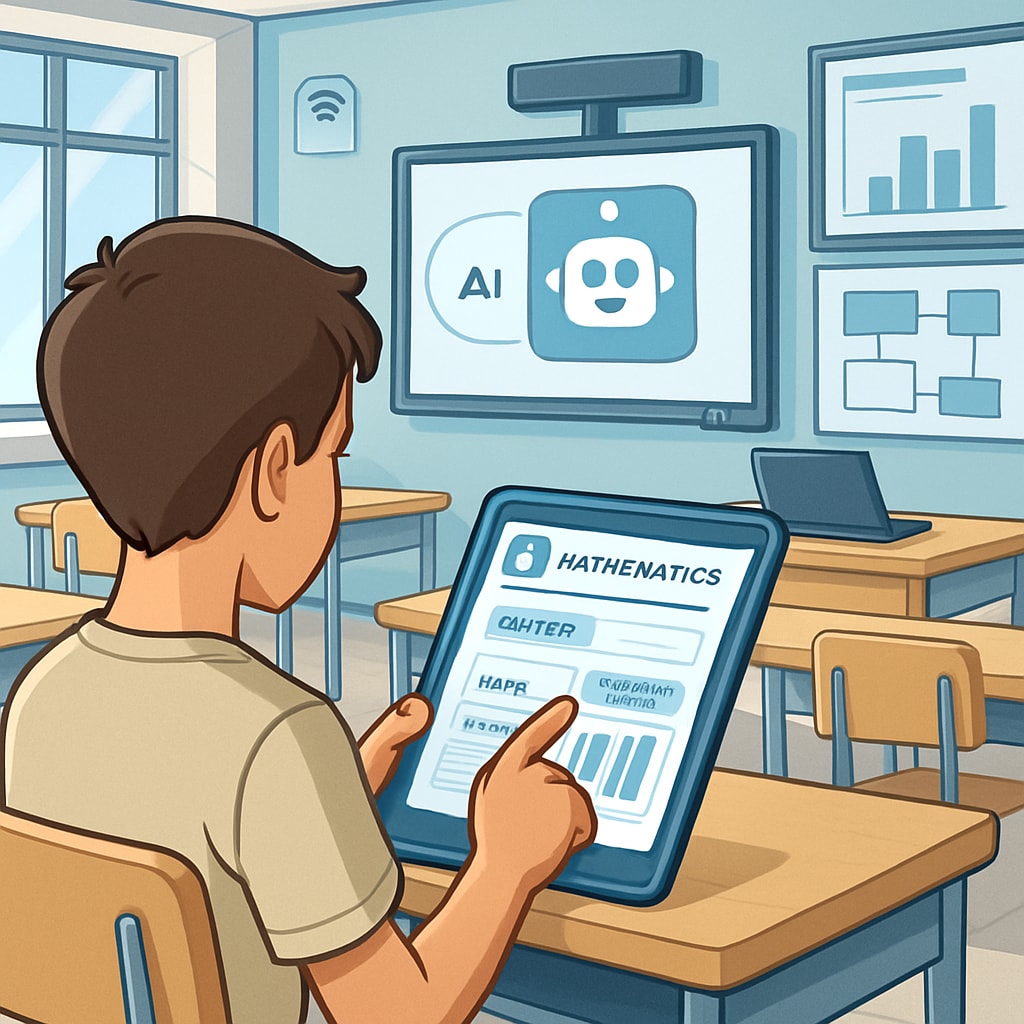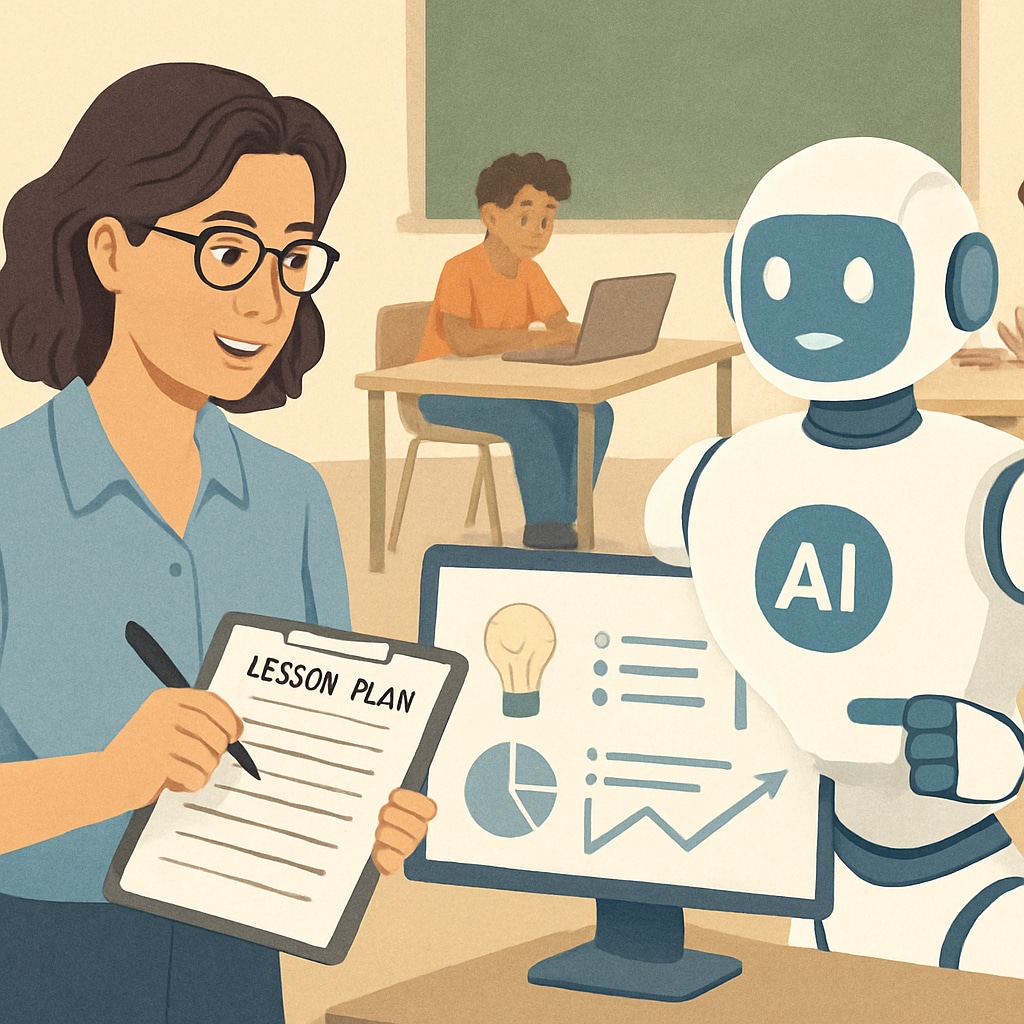Artificial intelligence (AI) is poised to revolutionize school education as we know it. From personalized learning experiences to redefining the role of teachers and promoting resource equity, AI’s impact on K12 education in the coming decade will be transformative. As this shift gains momentum, educators and institutions must prepare to embrace the opportunities and address potential challenges brought by this technological wave.
Personalized Learning: Tailoring Education to Every Student
One of the most significant impacts of AI in education is its ability to enable personalized learning. Traditional classrooms often struggle to accommodate the varying needs, skills, and learning paces of individual students. However, AI-powered platforms can analyze student performance, identify gaps in understanding, and adapt instructional content in real time.
For example, AI tools like adaptive learning software can provide customized exercises and resources to students, ensuring they receive the support they need. This approach not only enhances comprehension but also fosters a sense of achievement, as students progress at their own pace.
Moreover, AI can help track long-term progress by assessing patterns in student data, offering actionable insights for both educators and parents. With such tools, the future of education will be more inclusive and student-centered than ever before.

Redefining the Role of Teachers in AI-Driven Classrooms
While AI will automate many administrative and repetitive tasks, it will not replace teachers. Instead, it will redefine their roles. Teachers will have more time to focus on mentoring, fostering creativity, and addressing emotional and social aspects of student development.
For instance, AI can handle tasks like grading assignments, generating progress reports, and even answering basic student queries. As a result, educators can dedicate their energy to designing engaging lessons and providing personalized support to their students. This shift will not only enhance teaching quality but also improve teacher satisfaction by reducing workload.
However, this transition will require educators to develop new skills. Training programs focused on AI literacy and integration will be essential to prepare teachers for their evolving roles in a tech-enabled classroom.

Promoting Equity: Bridging Gaps in Educational Resources
In addition to personalization, AI holds immense potential to address disparities in education. In many regions, resource shortages and uneven teacher-to-student ratios hinder learning outcomes. AI-powered tools can help bridge these gaps by providing access to high-quality digital resources, even in underprivileged areas.
For example, virtual tutors and AI-driven apps can deliver lessons in remote locations where trained educators may not be available. Additionally, language translation tools powered by AI can make educational content accessible to non-native speakers, ensuring that no student is left behind due to linguistic barriers.
However, achieving these benefits on a global scale will require significant investment in digital infrastructure and a commitment to addressing ethical concerns surrounding AI deployment in education.
Challenges and Considerations for the Future
While the potential of AI in education is promising, it also presents several challenges. Data privacy is a major concern, as the widespread use of AI tools involves collecting and analyzing vast amounts of student information. Ensuring the security and ethical use of this data will be critical.
Additionally, over-reliance on AI could risk diminishing the human element in education. Balancing technological advancements with the need for human connection and empathy will be essential to create a well-rounded learning environment.
Finally, the cost of implementing AI technologies may pose a barrier for some schools and communities. Policymakers and educational leaders must work together to ensure equitable access to these tools, particularly for underserved populations.
Embracing the Future of Education
The transformation of K12 education through AI is inevitable. By embracing this change, educators can unlock new possibilities for teaching and learning. However, to fully realize the benefits of AI, it is crucial to address the associated challenges proactively.
As we stand at the dawn of smart classrooms, the collaboration between educators, technologists, and policymakers will determine the success of this educational revolution. The coming decade holds the promise of a more inclusive, efficient, and personalized education system—one that empowers every student to thrive.
Readability guidance: This article uses short paragraphs and lists to summarize key points. It balances optimism about AI’s potential with attention to its challenges, ensuring a nuanced and accessible discussion for educators and policymakers.


